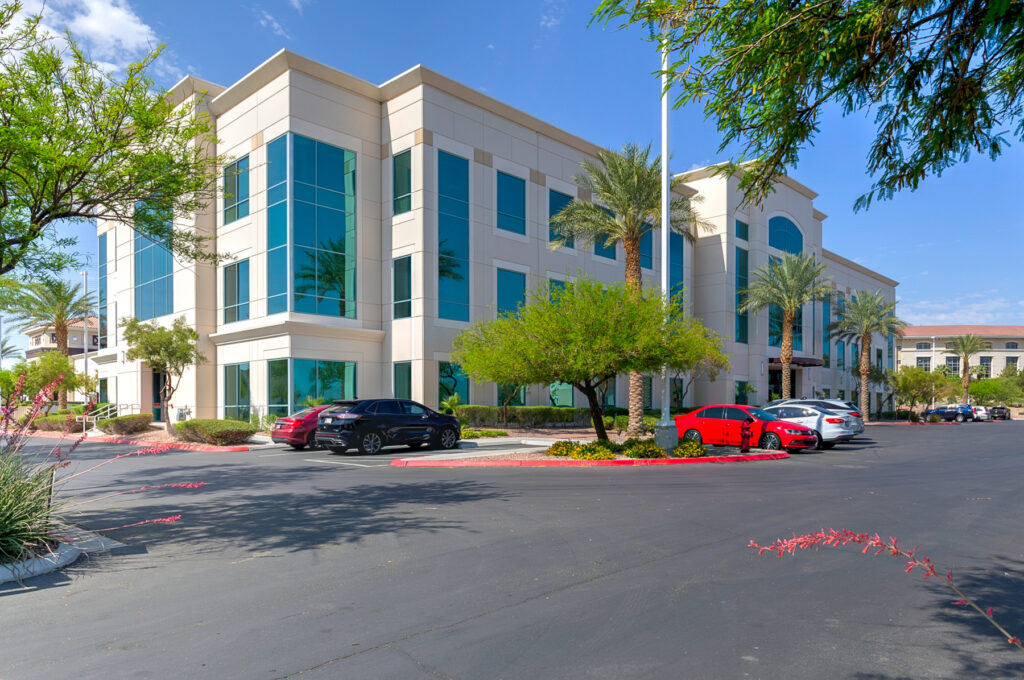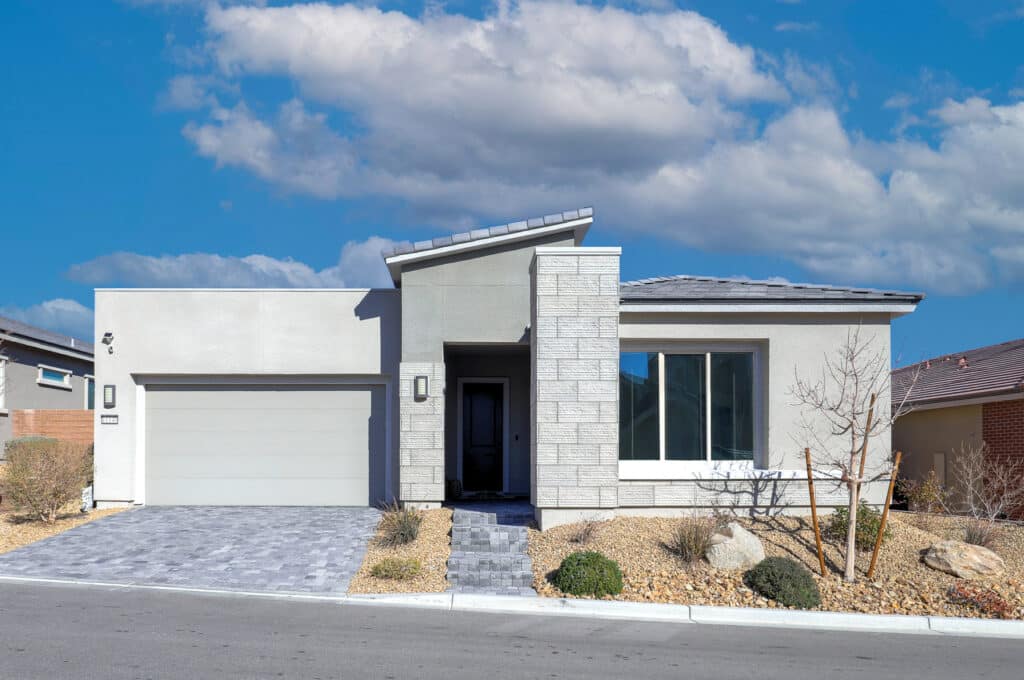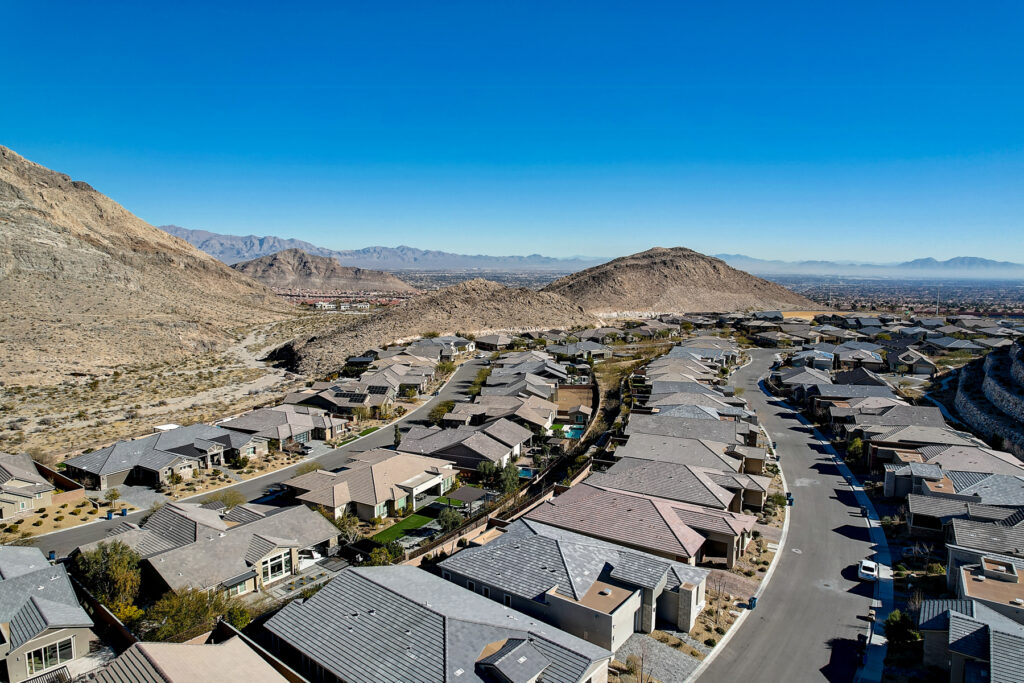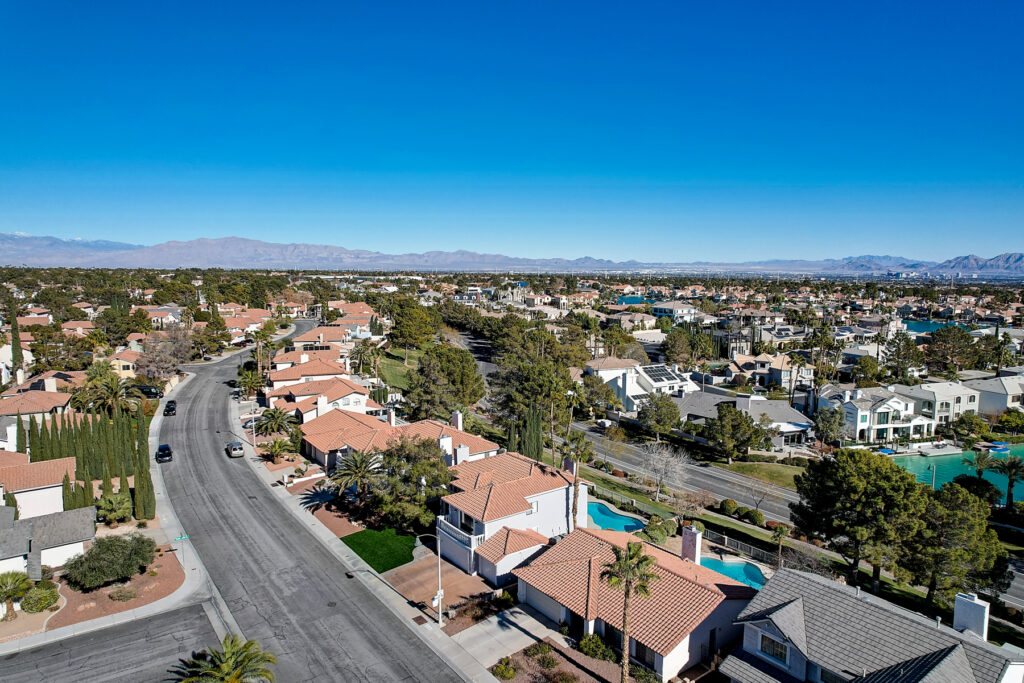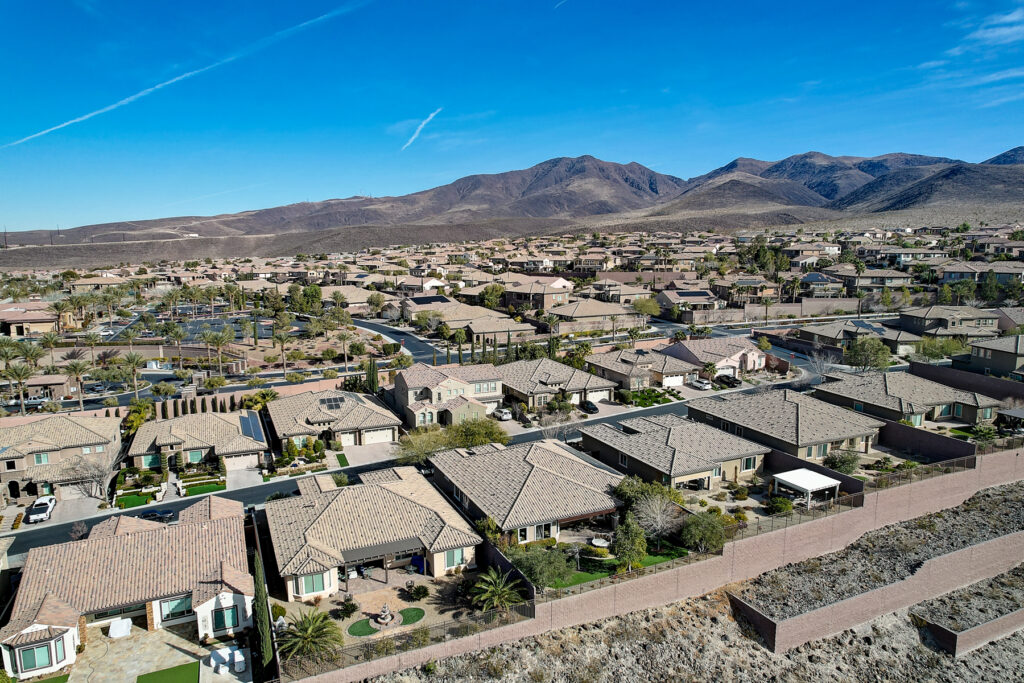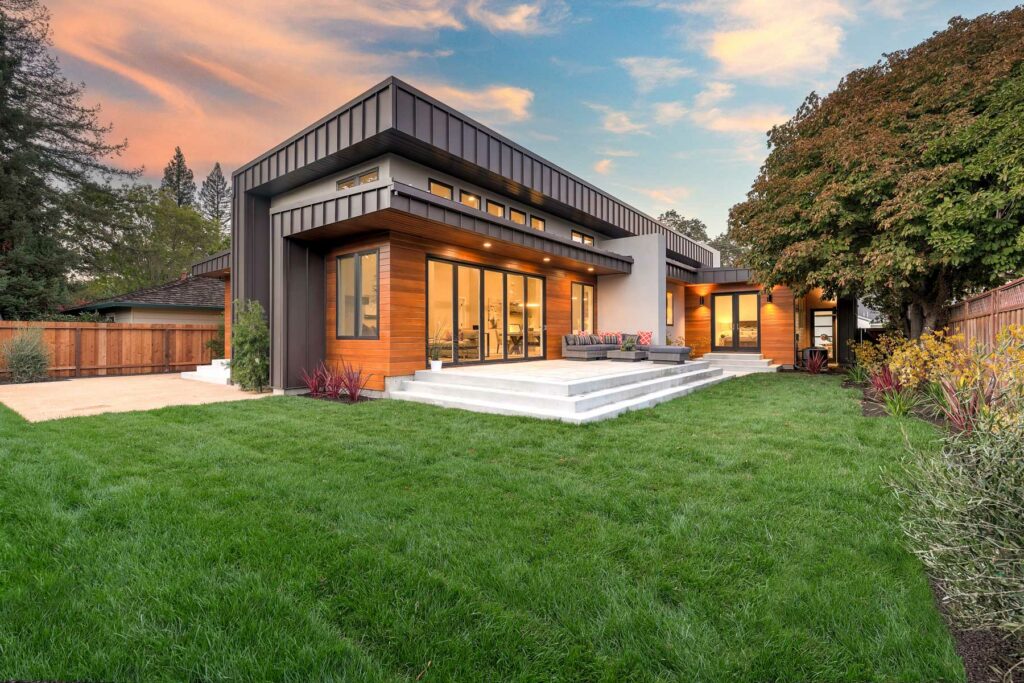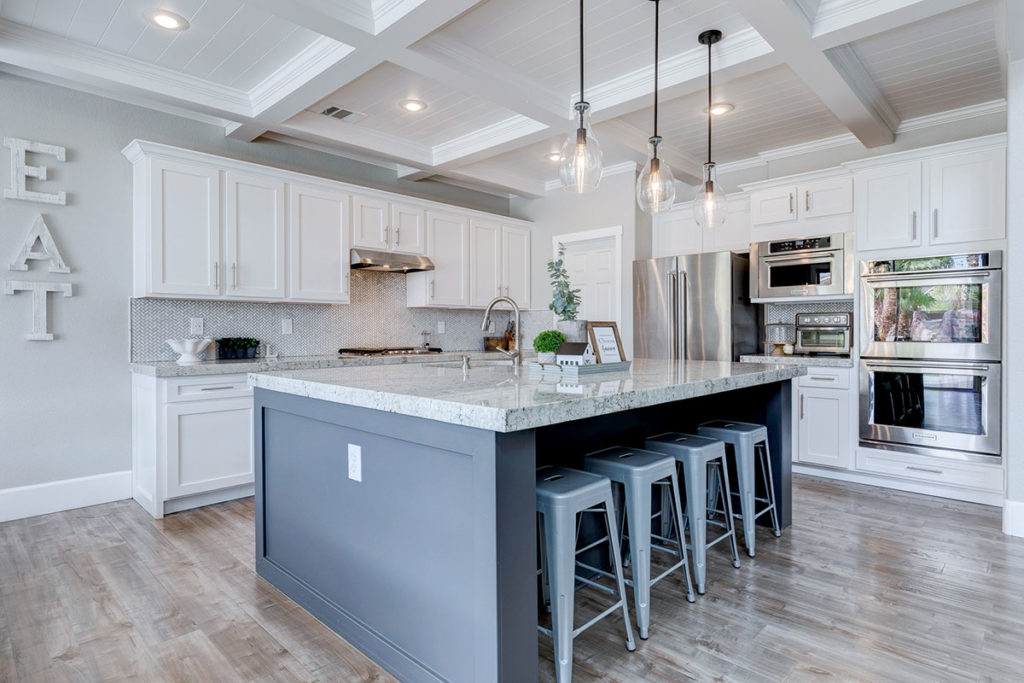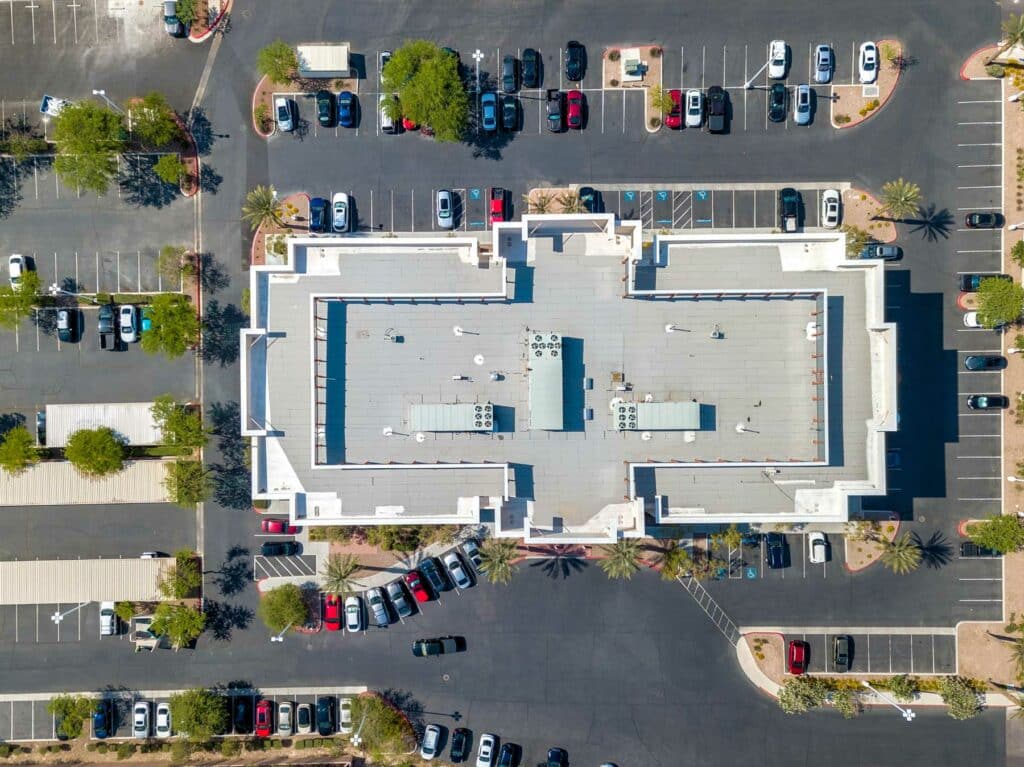Commercial Real Estate Trends in Las Vegas for 2024
Introduction
As the dawn of 2024 approaches, Las Vegas’s skyline continues to evolve, mirroring the dynamic nature of its commercial real estate (CRE) market. Known for its vibrant nightlife, bustling tourism, and ever-expanding business opportunities, Las Vegas stands as a beacon of growth and innovation. In such a fast-paced environment, staying ahead of the curve is not just an advantage; it’s a necessity. For professionals in the CRE industry, understanding the forthcoming trends is pivotal to making informed decisions, securing profitable investments, and optimizing property potential.
This year, the city of lights is set to shine even brighter with emerging trends that redefine space usage, investment strategies, and market dynamics. From the rise of eco-friendly buildings to the integration of advanced technology in property management, the landscape of commercial real estate in Las Vegas is undergoing a remarkable transformation. And at the heart of this transformation is the undeniable impact of high-quality visual content, including professional photography, 3D Matterport with floor plans, and drone photos and videos.
In this comprehensive guide, we will delve into the key trends shaping the Las Vegas commercial real estate market in 2024. We will also explore how professionals like Rick Rowland at RCRdigital are revolutionizing property listings with stunning visuals, quick turnaround times, and an unwavering commitment to quality, setting a new standard in the CRE visual content.
As we embark on this journey through the evolving landscapes of Las Vegas’s commercial properties, prepare to unlock the full potential of your real estate ventures with insights, statistics, and professional expertise that pave the way for success in this electrifying market.
Emerging Trends in Commercial Real Estate in Las Vegas for 2024
As we step into 2024, the commercial real estate market in Las Vegas is not just adapting; it’s pioneering. Several key trends are emerging, reshaping the landscape and setting new benchmarks for innovation and sustainability.
1. Efficiency as the New Standard
In the heart of Las Vegas’s commercial real estate market, efficiency is becoming synonymous with excellence. Properties are being designed and renovated with a sharp focus on reducing utility bills, optimizing energy consumption, and providing cost-effective solutions for heating and cooling. Buildings are strategically positioned to ease urban congestion, offering convenient access while minimizing the environmental footprint. From high-grade insulation materials to advanced HVAC systems, every aspect is engineered to ensure maximum efficiency and comfort.
2. Technological Integration
The integration of technology into commercial properties is revolutionizing the way we think about real estate. Smart buildings equipped with IoT devices are optimizing energy use, enhancing security, and providing unparalleled convenience to occupants. This trend is not just about comfort and savings; it’s about creating intelligent spaces that evolve with their inhabitants.
3. Flexibility and Hybrid Spaces
The demand for flexible and hybrid spaces is on the rise. Businesses are seeking properties that can adapt to the changing needs of their workforce. This includes spaces that blend office, retail, and residential elements, offering a holistic environment that caters to work, leisure, and everything in between.
4. The Retail Renaissance
Despite the growth of e-commerce, there’s a renewed interest in brick-and-mortar retail spaces. However, the focus is on experiential retail – spaces that provide an immersive shopping experience. Retailers are leveraging technology and innovative design to create destinations that attract and engage customers.
These trends are not just shaping the future of commercial real estate in Las Vegas; they are redefining the very essence of urban spaces. Staying ahead of these trends is crucial for investors, developers, and professionals looking to make their mark in this vibrant market.
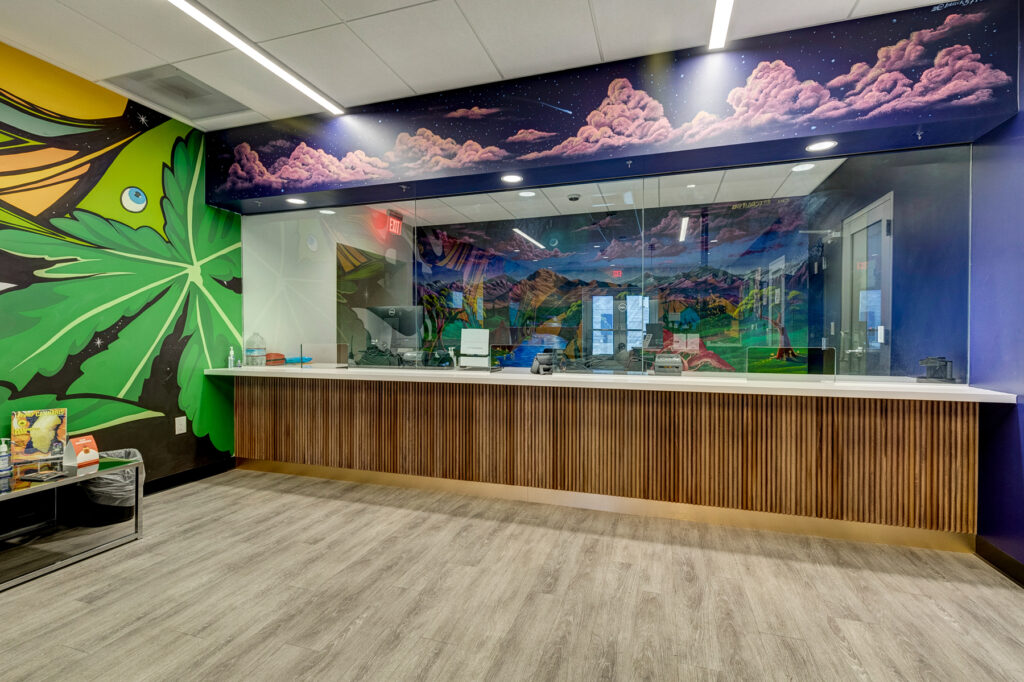
Enhancing Listings with High-Quality Visuals
In a market as competitive as Las Vegas’s commercial real estate, listings need to capture attention instantly. High-quality visual content is not just an option; it’s a necessity. Professional photography, 3D Matterport with floor plans, and drone photos and videos offer a significant edge, providing a comprehensive and immersive view of properties.
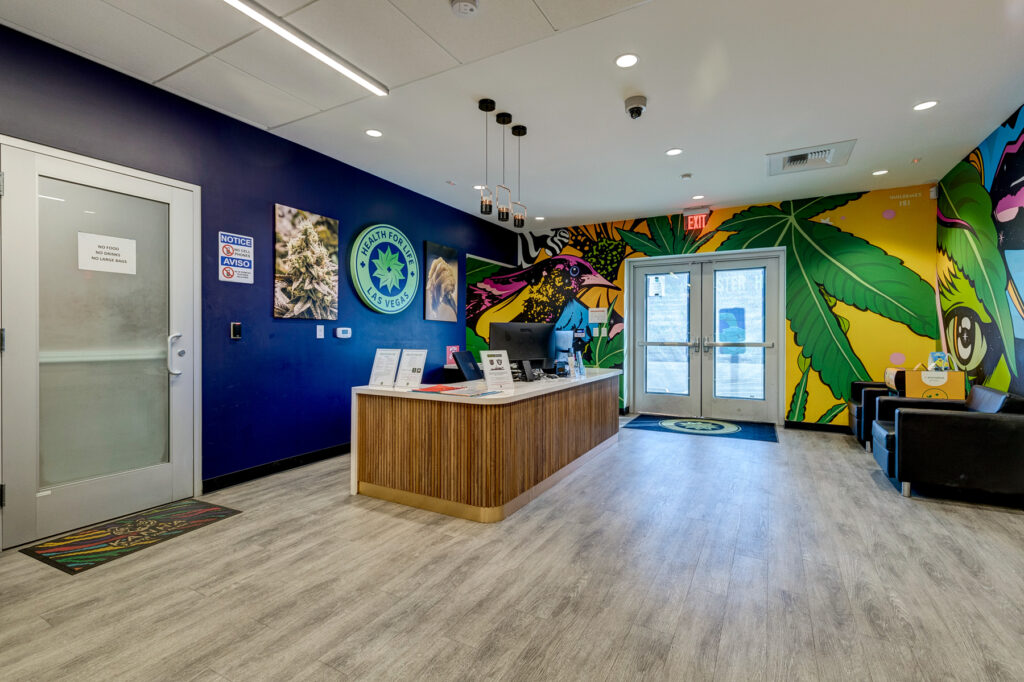
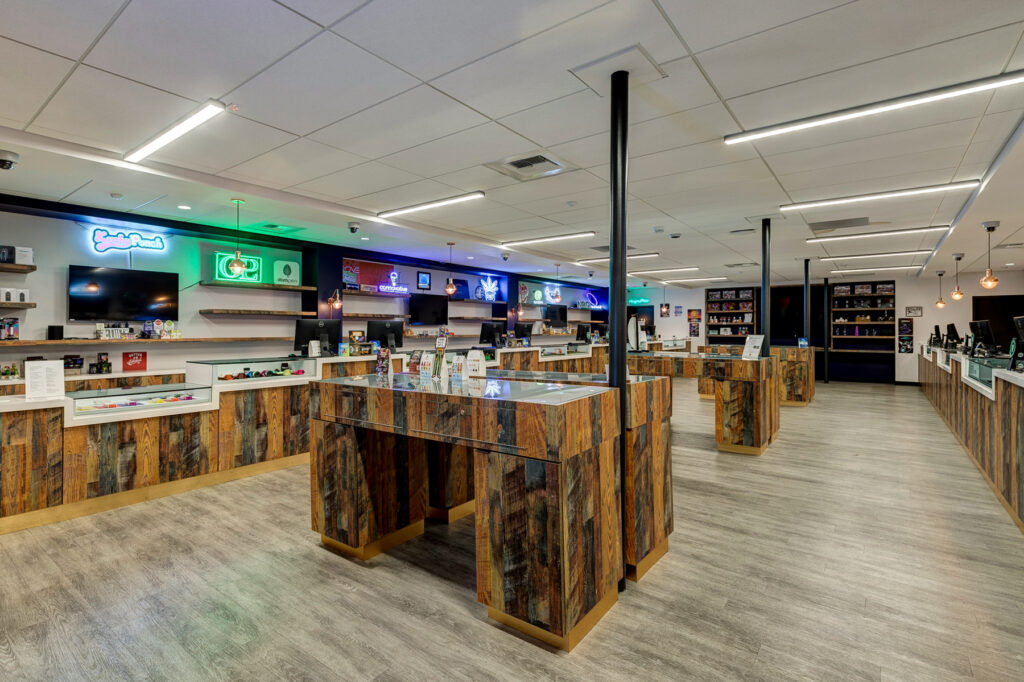
Professional Photography: The First Impression Counts
Professional photography sets the stage for a listing’s success. Crisp, clear images that highlight a property’s best features can make a world of difference. They invite potential buyers or tenants to imagine themselves in the space, fostering a connection before the first visit.
3D Matterport with Floor Plans: A Virtual Walkthrough
3D Matterport technology takes this a step further by offering a virtual walkthrough experience. Potential clients can navigate through the property at their leisure, exploring every corner and detail. Accompanied by accurate floor plans, these 3D tours provide a clear sense of space and layout, making them an invaluable tool in the decision-making process.
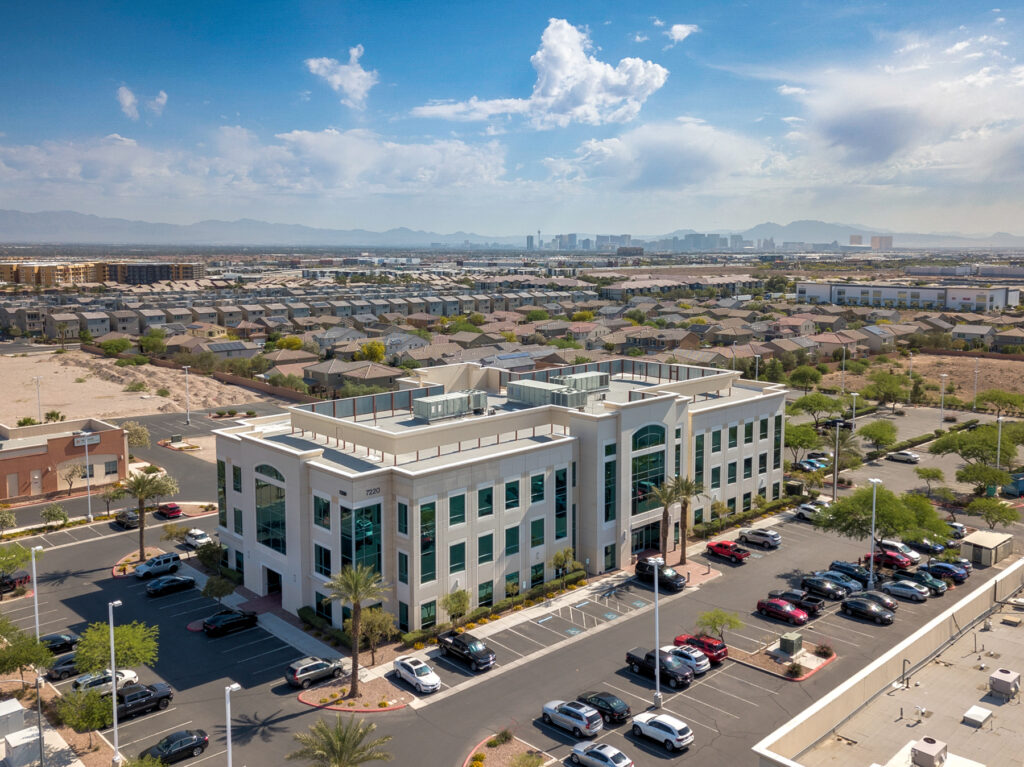
Drone Photos and Videos: A Topside View
Drone photos and videos offer a unique perspective, showcasing properties in their entirety. They provide a comprehensive view of not just the property but also its surroundings, highlighting accessibility, neighborhood, and other external factors that could influence a decision.
Incorporating these visual elements into listings can significantly increase engagement, drawing more views, inquiries, and ultimately, faster closures. RCRdigital, with its expertise in capturing the essence of commercial properties through stunning visuals and offering quick turnaround times, stands as your ideal partner in creating listings that stand out.
The Importance of Quick Turnaround in Visual Content Creation
In the fast-paced world of commercial real estate, time is of the essence. The ability to swiftly market a property can be the difference between sealing a deal and missing an opportunity. This is where the quick turnaround times for creating and delivering high-quality visual content become a game-changer.
Speed Meets Quality
While speed is crucial, it should never come at the cost of quality. Professionals like Rick Rowland of RCRdigital understand this balance perfectly. They are equipped to deliver stunning visual content, including professional photography, 3D Matterport tours, and drone footage, swiftly and without compromising on the finer details that make each property unique.
Staying Ahead of the Competition
In a market like Las Vegas, where properties move quickly, being able to present a complete, visually compelling package at the earliest can set a listing apart. Quick turnaround times ensure that your property is not just ready to be seen but is also presented in the best light, catching the eye of potential clients before the competition.
The Impact on Decision Making
The faster a potential buyer or tenant can see and experience a property, the quicker they can make a decision. High-quality visuals, readily available, can expedite this process, leading to quicker closures and higher satisfaction for both parties involved.
In essence, quick turnaround times in delivering high-quality visual content are not just a value-add; they are a critical component of successful commercial real estate marketing, particularly in vibrant, competitive markets like Las Vegas.
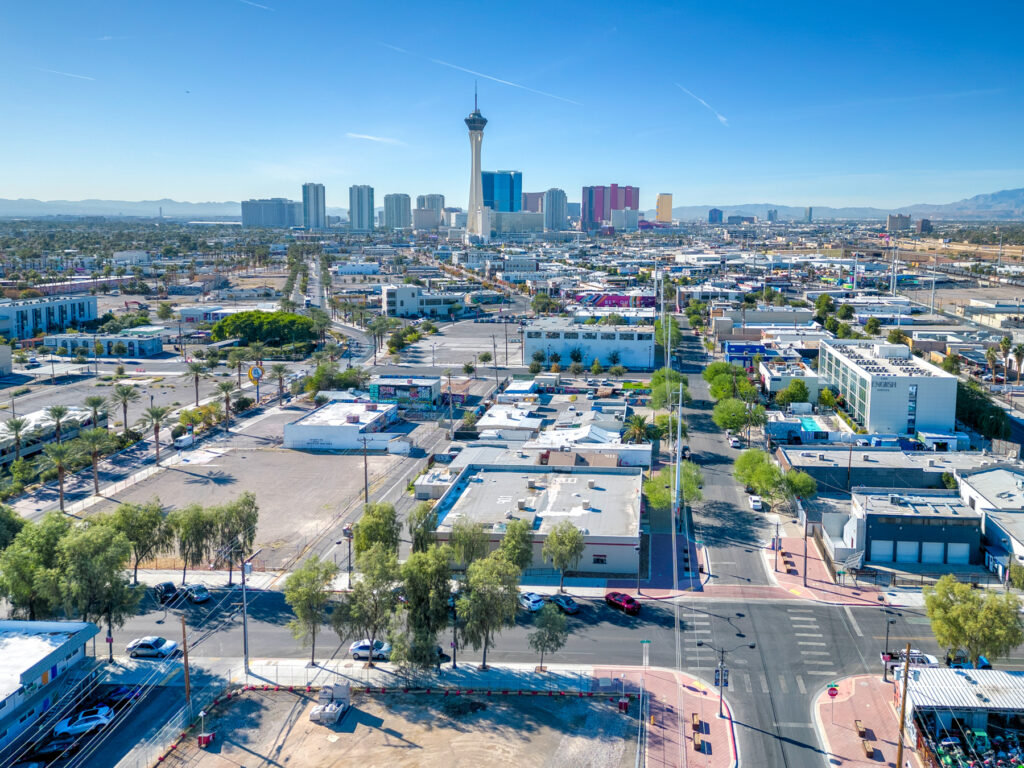
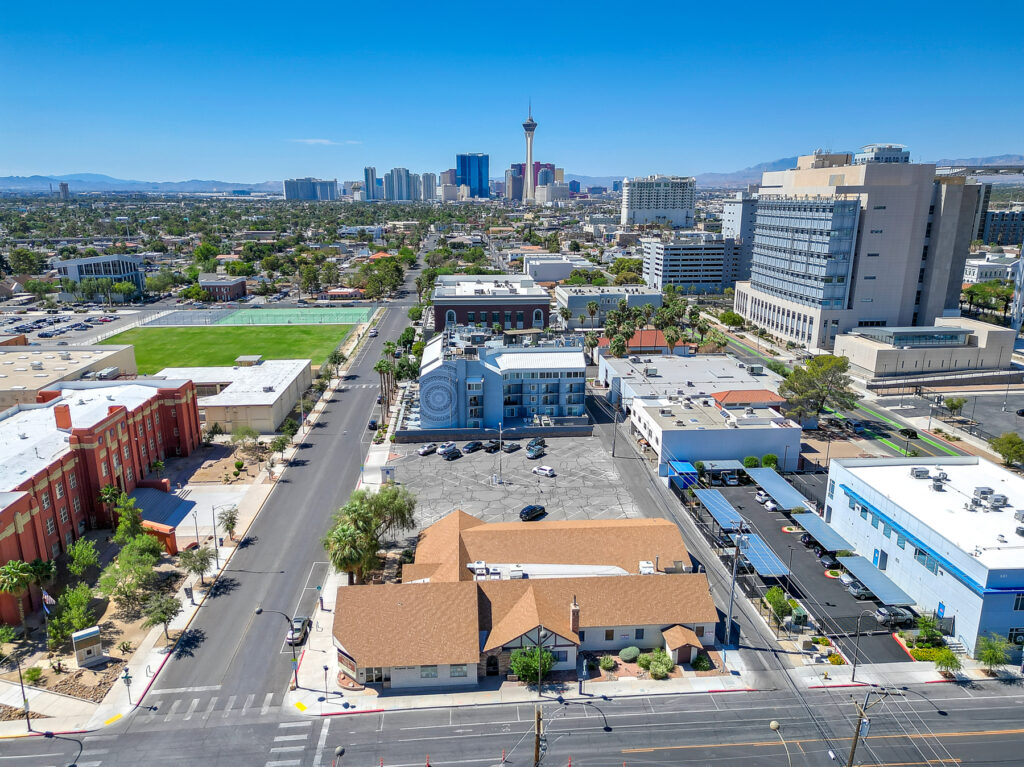
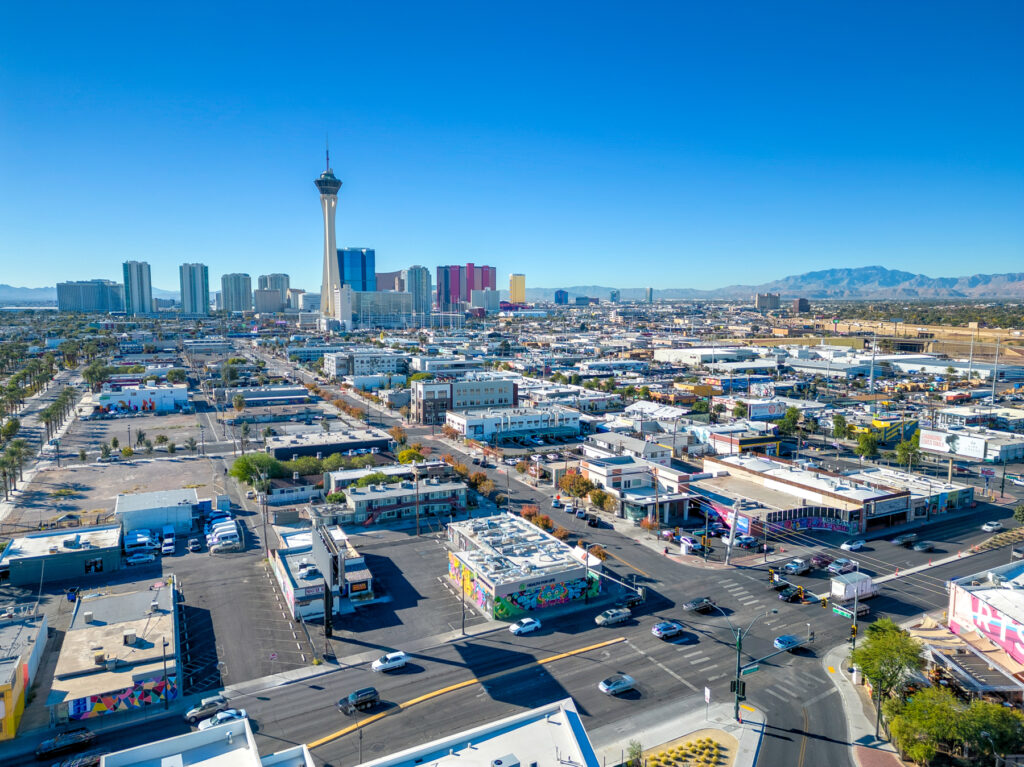
Partnering with RCRdigital: Your Key to Success in the 2024 Las Vegas Commercial Real Estate Market
As we’ve navigated through the emerging trends and the undeniable importance of high-quality visual content in commercial real estate, one thing is clear: staying ahead in the 2024 Las Vegas market demands not just insight but also the right partnerships.
RCRdigital, led by the expertise of Rick Rowland, stands at the forefront of this dynamic industry. Offering a suite of services that include professional photography, immersive 3D Matterport tours, and captivating drone footage, RCRdigital is your go-to partner for ensuring your property listings are not just seen but truly experienced.
In a market where every second counts, RCRdigital’s commitment to quick turnaround times ensures that your property is ready to capture the market’s attention at a moment’s notice. With an eye for detail and a dedication to quality, Rick Rowland and his team are ready to transform your listings into compelling visual narratives that resonate with buyers and tenants alike.
As Las Vegas continues to grow and evolve, make sure your commercial real estate ventures do the same. Partner with RCRdigital and unlock the full potential of your listings in this vibrant and competitive market.
Conclusion
The commercial real estate market in Las Vegas is on the brink of transformation. With sustainability, technology, flexibility, and a redefined retail experience shaping the future, understanding these trends is key to success. Coupled with the unparalleled visual content services offered by RCRdigital, you’re not just prepared for 2024; you’re setting the stage for unprecedented success.
Ready to elevate your listings and captivate the market? Contact RCRdigital today and experience the difference that professional visual content can make.
Citations
- Emerging Trends in Commercial Real Estate
“Commercial Real Estate Market Outlook 2024,” by Las Vegas Real Estate Association. This report provides insights into the projected growth and evolving dynamics of the commercial real estate market in Las Vegas.
- Efficiency and Sustainability in Commercial Real Estate
“Building Efficiency for the Future,” published in the Journal of Green Building. This article discusses the importance of energy efficiency in commercial properties and its impact on cost-saving and environmental sustainability.
- The Impact of High-Quality Visuals on Real Estate Listings
“The Role of Visuals in Real Estate Marketing,” a study conducted by the National Association of Realtors. This study highlights how professional photography, 3D tours, and drone footage can significantly enhance property listing engagement and attract potential buyers.
Commercial Real Estate Trends in Las Vegas for 2024 Read More »
